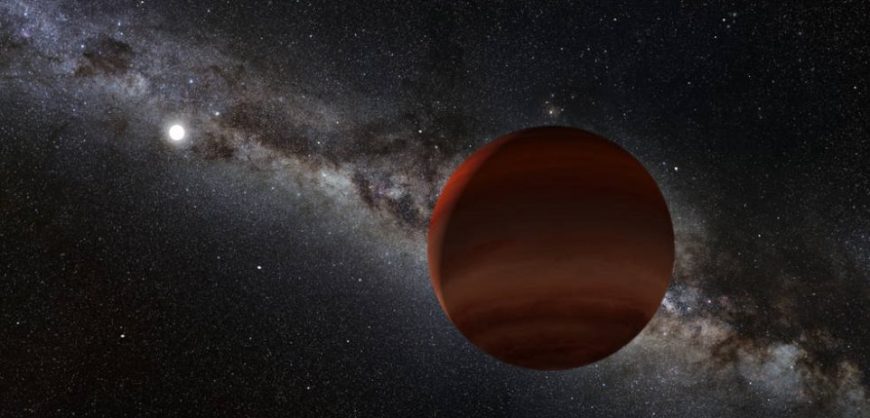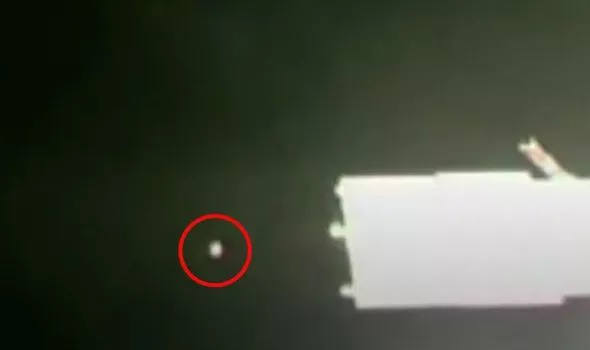About 300 light-years from Earth lies TYC 8998-760-1, a star that resembles our own sun, kind of like a twin, but born around four and a half billion years later. In May, a team of astronomers studying the sunlike star discovered it wasn’t alone — a giant gas planet was keeping it company on its voyage through the cosmos. They dubbed it TYC 8998-760-1, as convention dictates.
Now, just two months later, the same team has discovered another planet, even farther away from the star, dubbed TYC 8998-760-1 c.
The discovery, published in the Astrophysical Journal Letters on Wednesday, is a significant one for planet hunters: It’s the first time multiple planets have been directly imaged orbiting a star similar to our sun.
“Our team has now been able to take the first image of two gas giant companions that are orbiting a young, solar analogue,” said Maddalena Reggiani, an astronomer at KU Leuven in Belgium and co-author on the study.
For the everyday skywatcher, what does that mean?
Independent: Turkey is the biggest threat to Europe today and the Greeks need our help – Analysis
Mount Athos lockdown under consideration by authorities after outbreak of cases
Well, first of all, directly imaging exoplanets is tricky work. The majority of these distant worlds are detected indirectly. Astronomers don’t actually see the planet in visible light, but they can tell it’s there by its effects on bright stars. Some telescopes, like NASA’s TESS, look for dips in the brightness of stars, suggesting a planet has crossed the field of view. Other planet hunters look for distinct changes in the velocity of stars, caused by the gravitational effect of an unseen world. Both methods have helped astronomers locate a huge trove of exoplanets.
Read more: Cnet






































